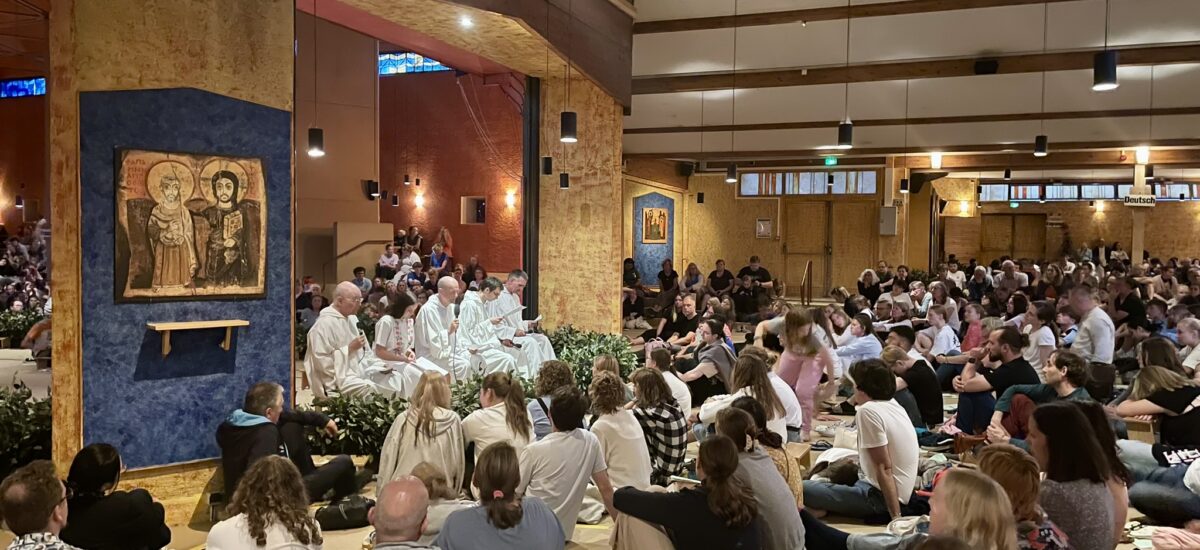In July, a group from the Diocese of York went on a pilgrimage to Taizé. Joined by Archbishop Stephen and other Church of England Dioceses, our group joined in the rhythm of life that Taizé offers through worship, Bible study, and community activities. One of the pilgrims, Sonya Bushell, writes:
Recently I joined a pilgrimage to Taizé organised by the Diocese of York. It’s very hard to summarise an entire journey but here a few reflections!
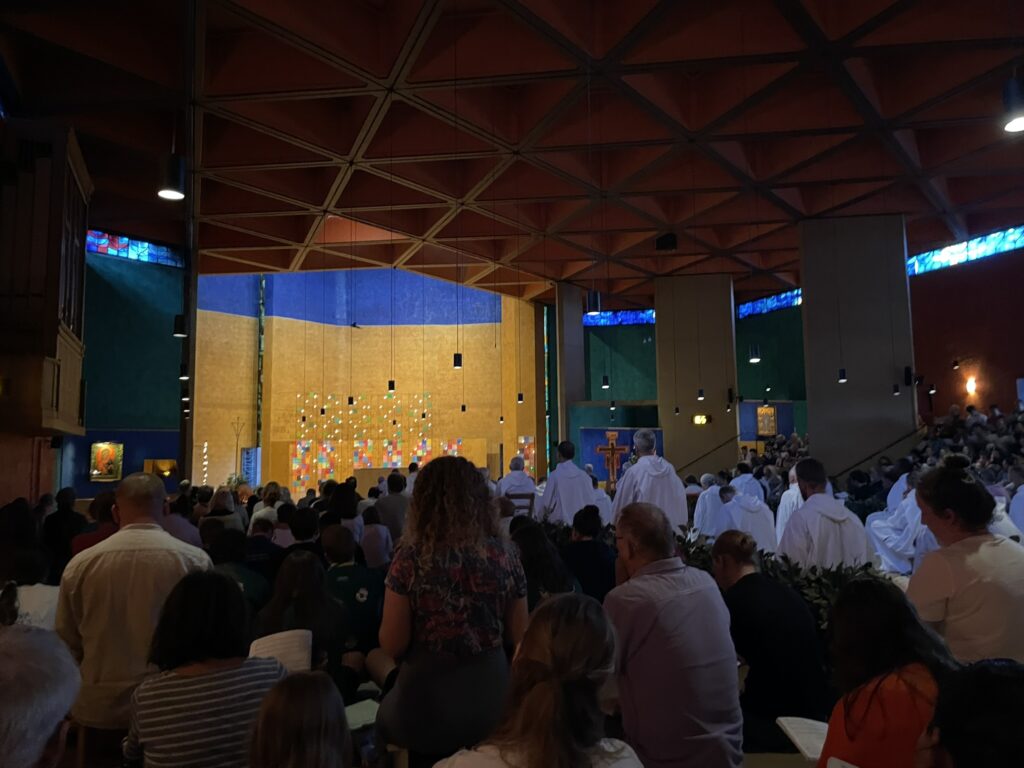
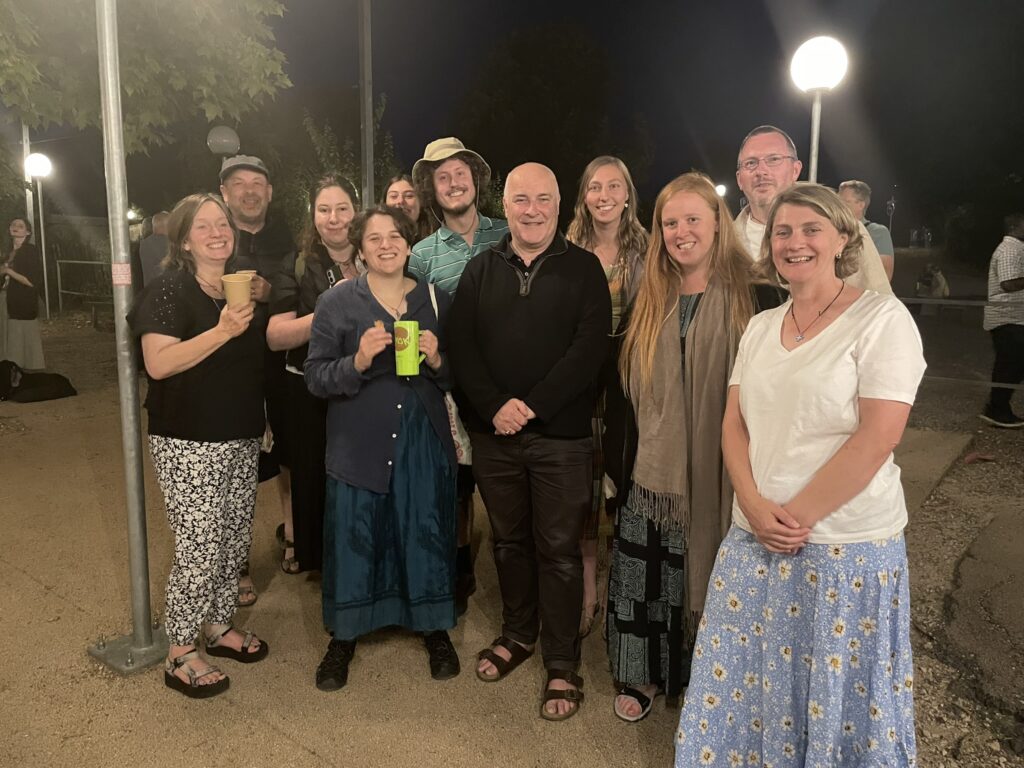
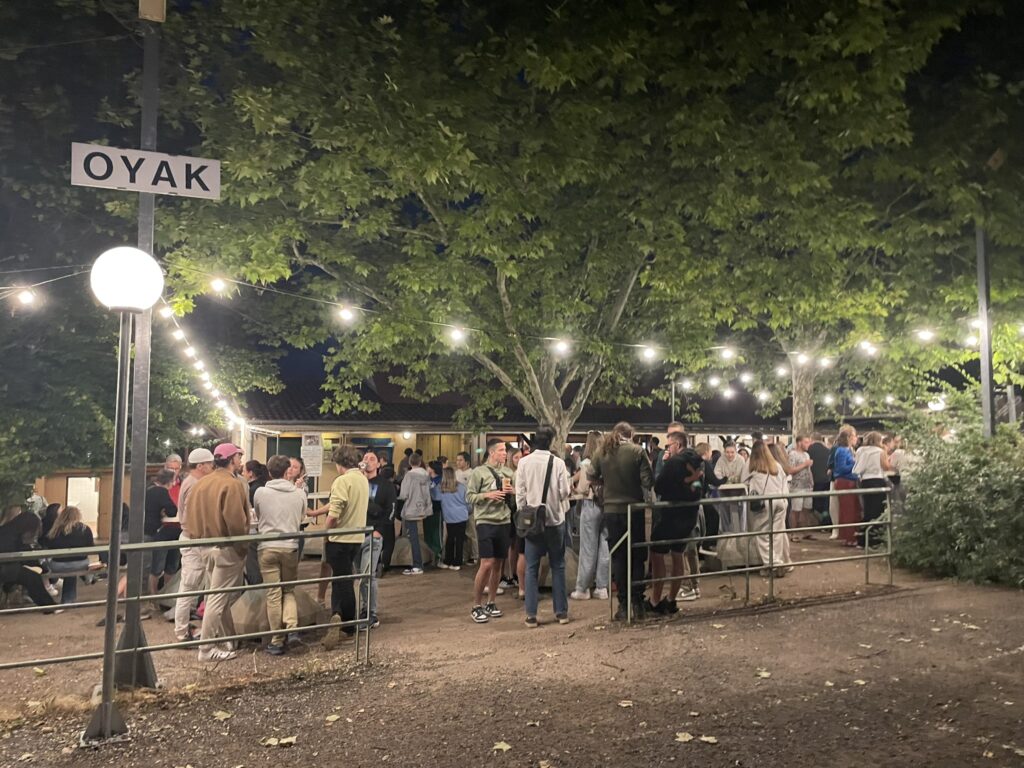
Arriving at Taizé is always a bit of a culture shock – you adapt to the simplicity of accommodation and food, you’re given a job for the week, and you’re introduced to the daily routine. After a few days, you settle into a routine. My week at Taizé was spent exploring beautiful French countryside; meeting young people from all over the world, living a life of simplicity in community; discussing life’s challenges, faith and how to live meaningfully and kindly in the world; and singing beautiful music in a church three times a day.
I always describe Taizé as a cross between a festival and a monastery – the kind of place where one minute you’re learning a Hungarian dance and drinking cider, the next you’re looking up at the stars, and then you’re singing by candlelight. It’s a place where everyone is welcomed and included, regardless of belief (or lack of belief), country or background. I love how Taizé combines inclusivity and welcome with a sense of commitment and deep rootedness to God.
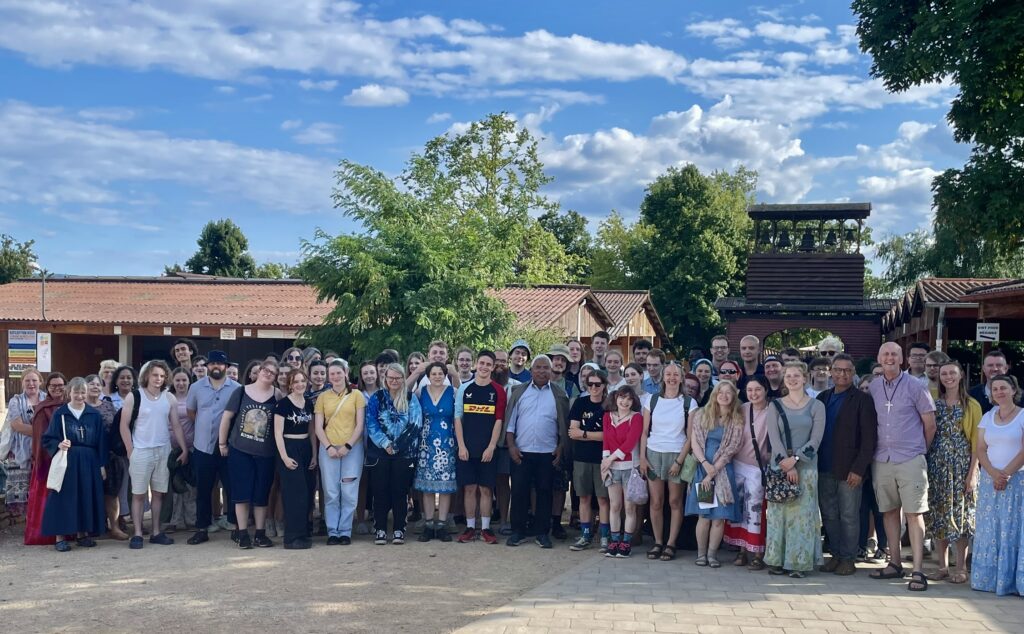
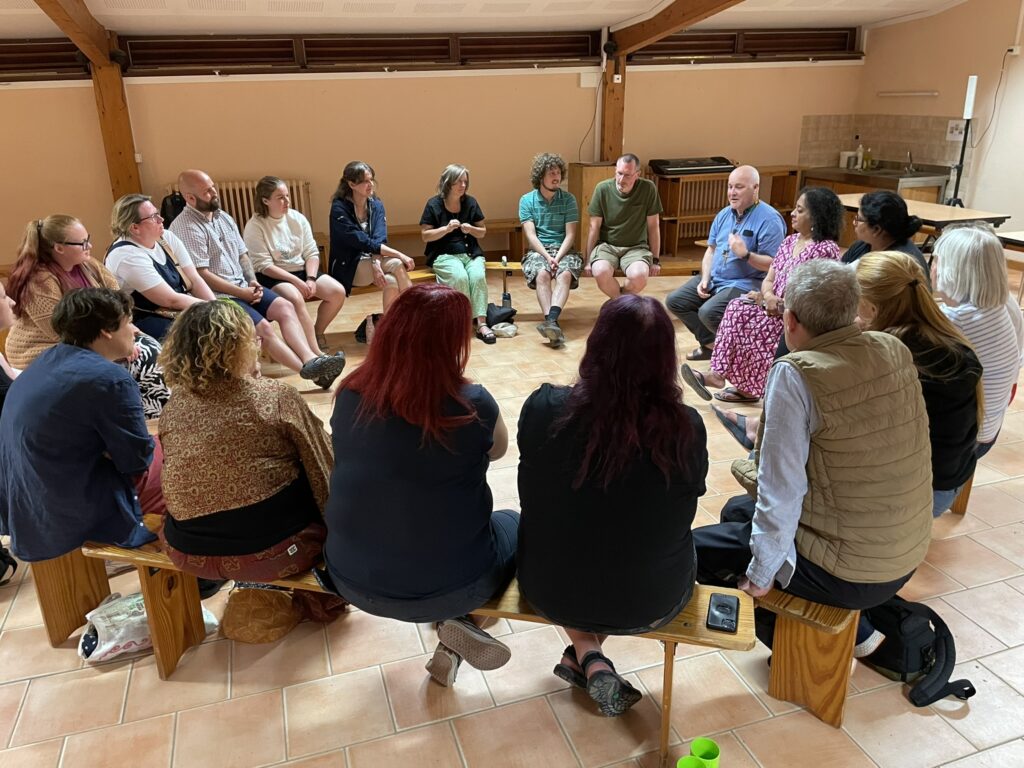
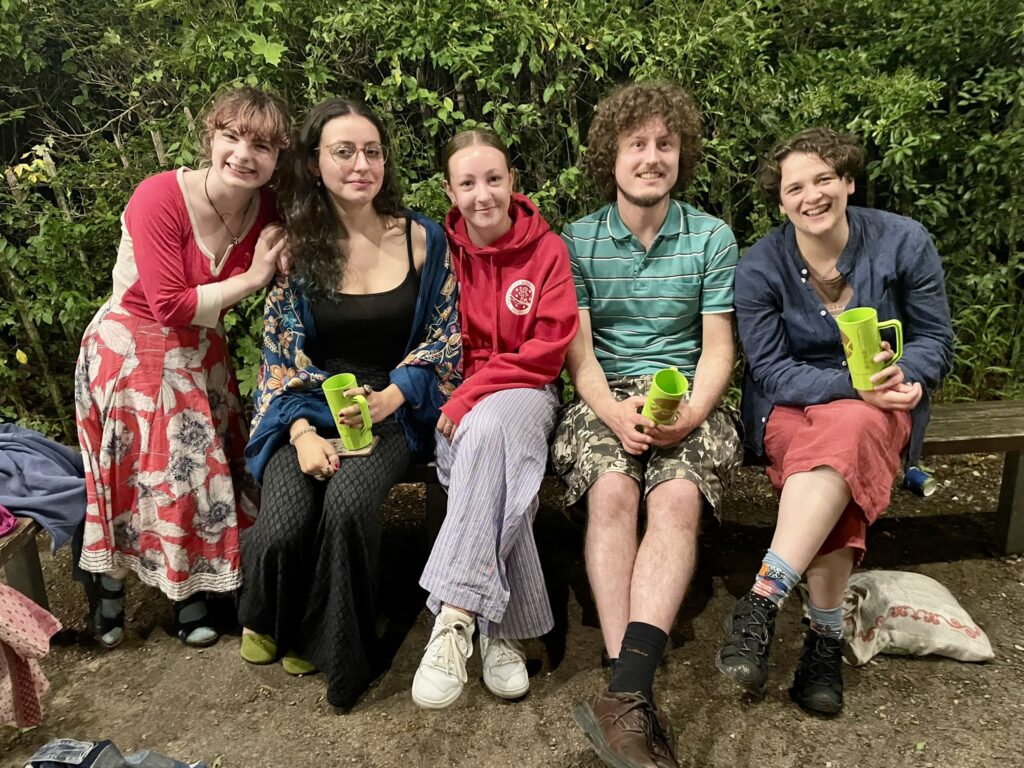
The theme of the week was ‘hoping beyond all hope’ – such an important concept for the times we are living in. During the week, we were able to share our doubts, sorrows, or fears – and yet we were also encouraged to reflect on where we found hope and how we could build hope. I was so grateful for the opportunity to be honest about life’s struggles whilst also being prompted to look for, and nurture, goodness and hope in the world.
I was also deeply moved by Taizé’s commitment to solidarity with those suffering – I attended a deeply harrowing talk from a doctor who had recently returned from Gaza. The hope that Taizé talked about was not a hope built upon ignoring others’ suffering – it was instead a hope that involved recognising suffering, striving towards something better, and holding onto something (God) beyond worldly powers or human limitations.
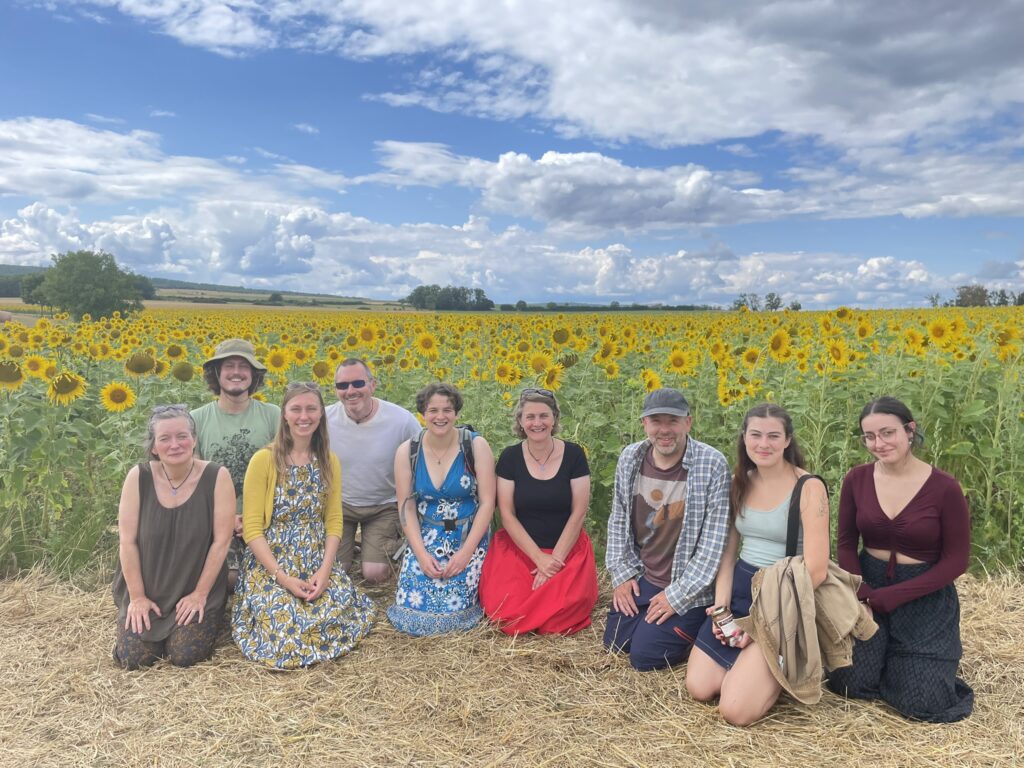
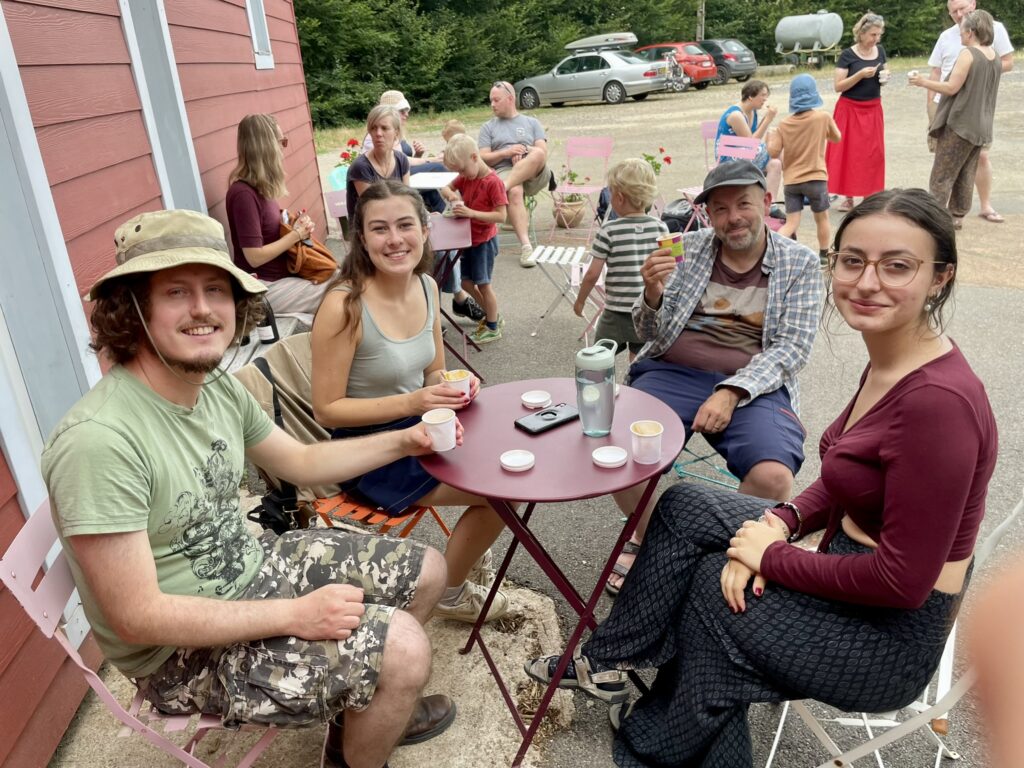
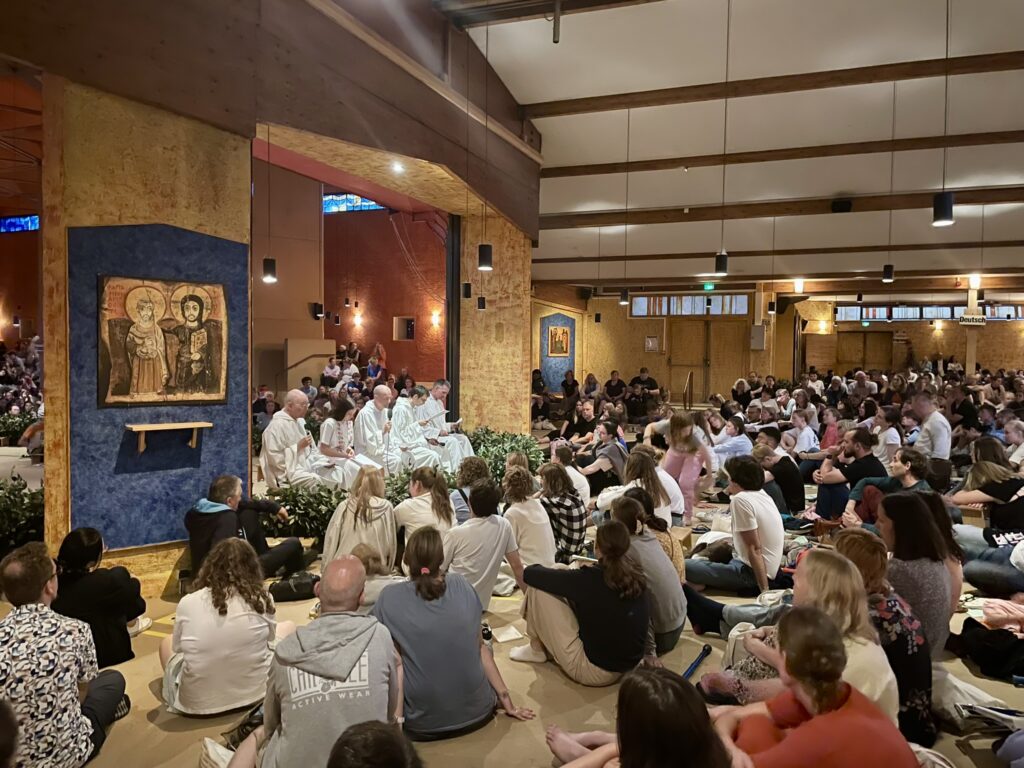
I came to Taizé with many questions. I’m not sure I got any answers. But I got the space to share my questions with others and reflect on life. I was invited into a generous, simple and hopeful way of living. It was a life which encouraged us to be kind to one another, and in sharing and receiving kindness, we could perhaps see a reflection of God’s goodness. I left with more peace, more hope and more love in my heart.
Of course, now I am back in my ordinary life and the pressures and challenges of life seem to press in again and displace memories of Taizé. However, there are two things that stay with me. Firstly, I see the importance of making time for rest and reflection. Secondly, I realised that although there is so much suffering and atrocities in the world, it is goodness and not evil that humans long for. I find hope in this – hope for humanity and hope that this longing for goodness reflects the goodness of God.
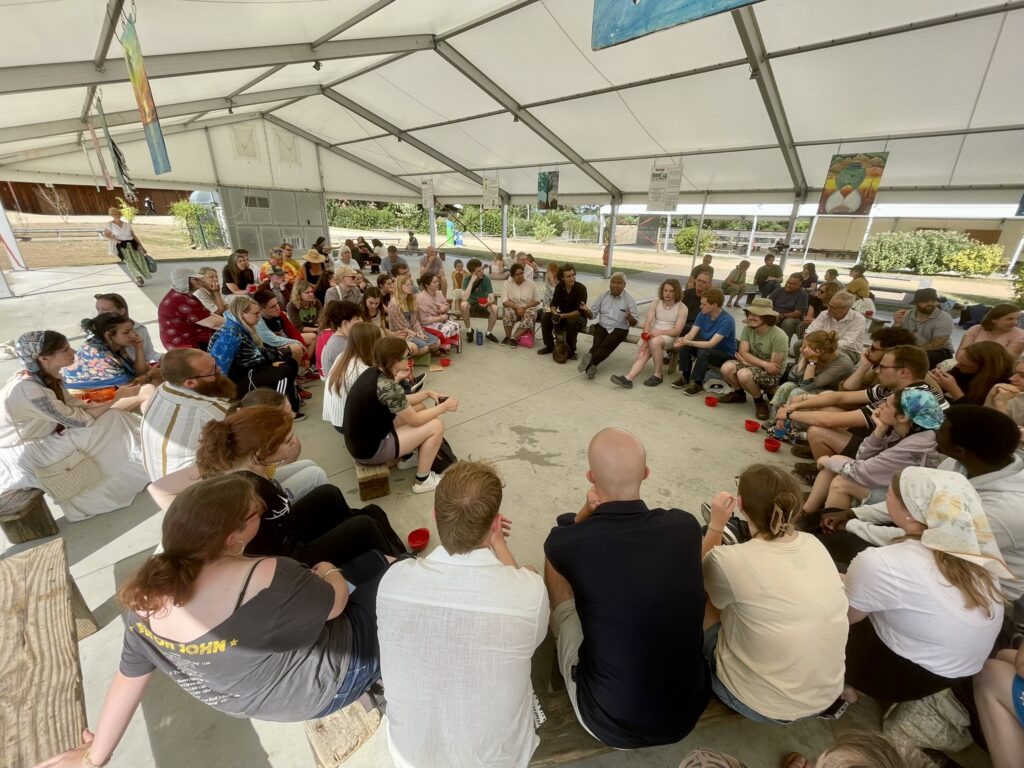
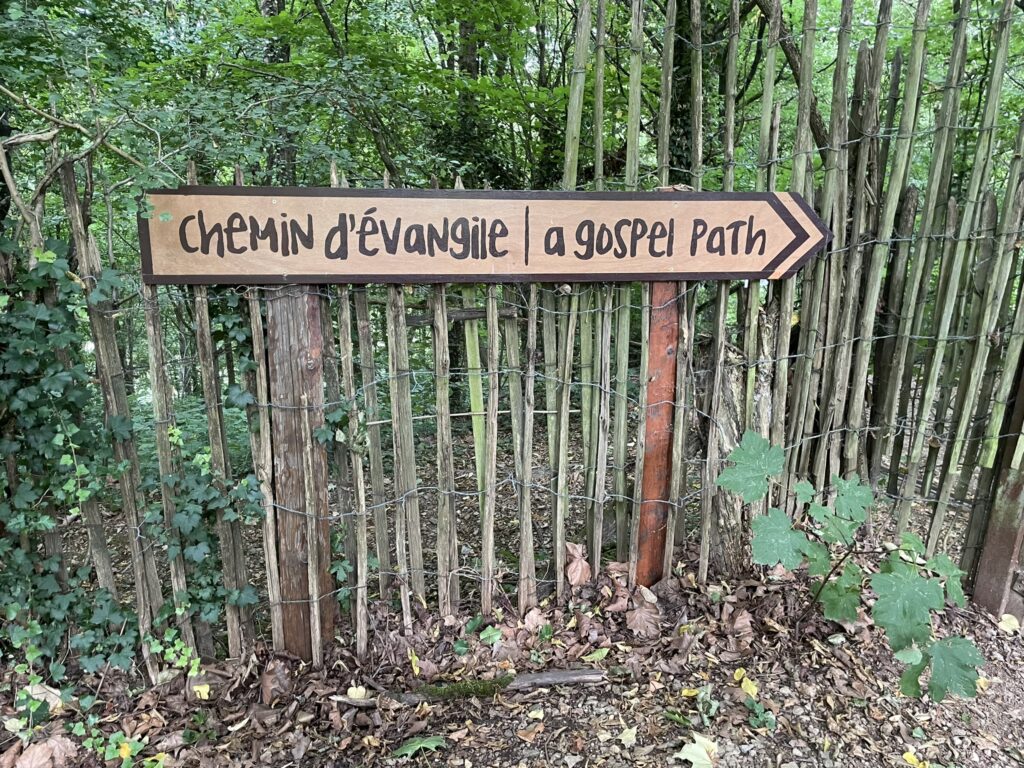
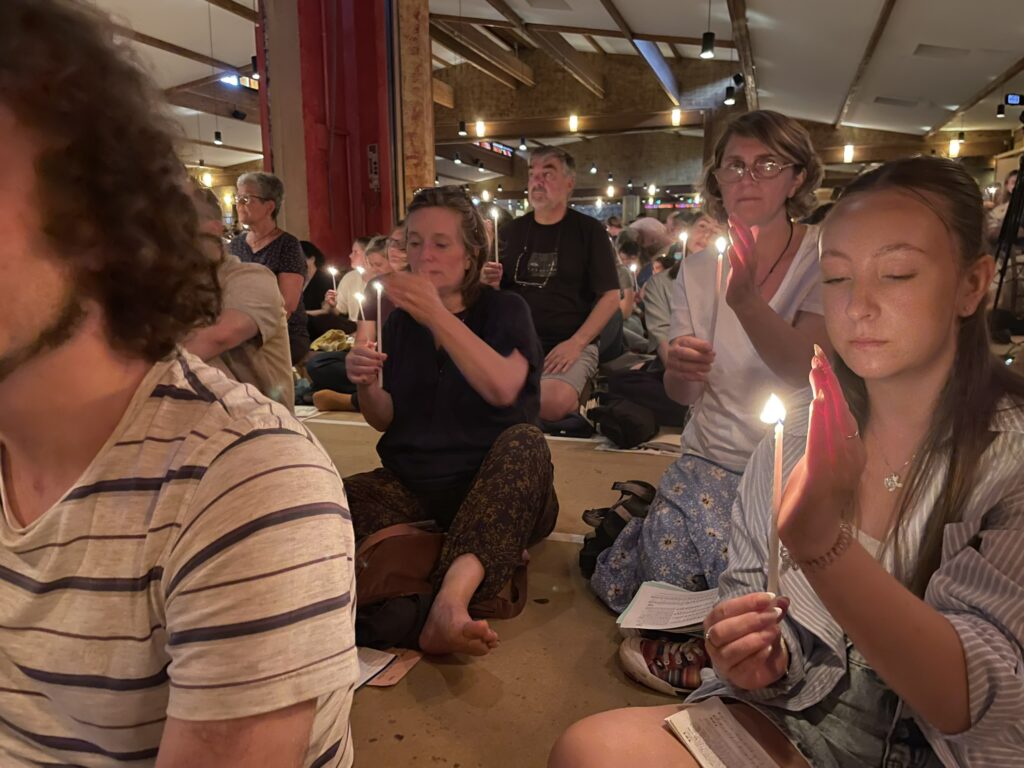
I finish this reflection with a poem I wrote at Taize.
Glimpses of God at Taize
We are all singing.
Candles are flickering.
Is God here?
Someone is laughing.
Someone is weeping.
Is God here?
Someone is hoping.
Someone is doubting.
Is God here?
We are all being saved.
We are all saving each other.
And the goodness of God is here.
To see our full collection of photos, you can view our Flickr album here.
A brief history of the Taize community
Just as many people were fleeing France in the Second World War, Brother Roger decided to start a monastery in a remote village. During the war the monks sheltered Jewish refugees, at great personal risk. After WW2, Taizé welcomed both French and German people and sought to welcome all. Taizé hosted East and West Germans during the cold war, and after the fall of the Berlin Wall Taizé became known as a place where young people could gather from all across the world. Yet the brothers weren’t just offering a place to camp and chat – instead they invited young people into their rhythm of daily life (work, discussion, reflection and worship).
Taizé music was developed to allow young people from all over the world to join in with worship (Taizé music consists of beautiful repetitive chants, designed to be sung in multiple different languages). Taizé is unusual in that it is a place where Protestants, Catholics and Orthodox Christians can all worship together. Although most people who attend Taizé are Christians, agnostics, atheists and people of other faiths are welcomed.
